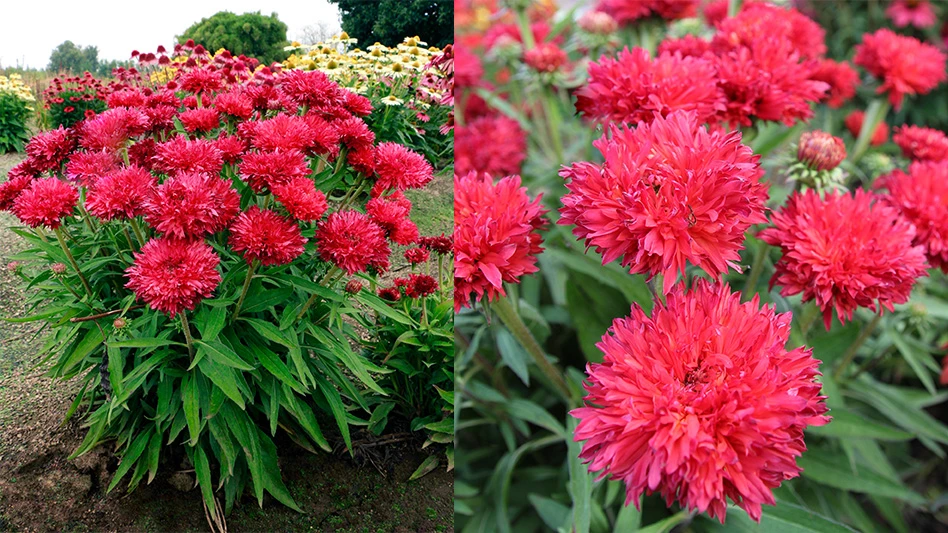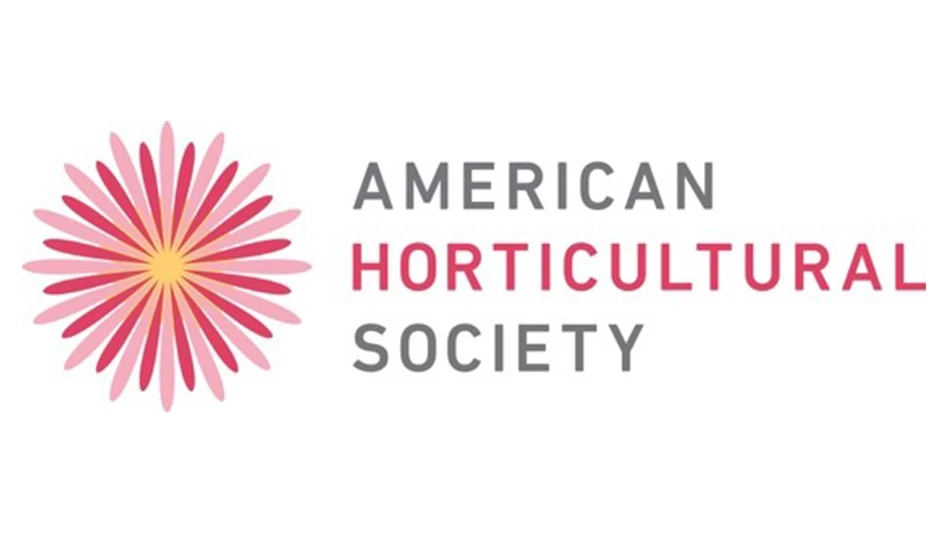 With the horticulture industry getting more attuned toward Best Management Practices, it has become more important for growers to take a good look at irrigation water quality. Today more than ever, water treatment strategies are more frequently involved in Best Management Practices (BMPs). Implementing a strategic water program can assist in growing healthier plants and lowering the overall cost of operations while abiding by BMPs.
With the horticulture industry getting more attuned toward Best Management Practices, it has become more important for growers to take a good look at irrigation water quality. Today more than ever, water treatment strategies are more frequently involved in Best Management Practices (BMPs). Implementing a strategic water program can assist in growing healthier plants and lowering the overall cost of operations while abiding by BMPs.
The BMP guidelines for water treatment include, but are not limited to, water management and irrigation, nutrient management, pesticide use and disease management. These guidelines can be practiced to ensure minimal environmental impact with the exclusion of excessive chemical and nutrient usage. Given the fact that environmental footprints are now being observed more frequently and chemical costs are on the rise, a water treatment program is a responsible and justified choice for a grower.
Though there are multiple reasons why irrigation water treatment is important to a successful and responsible growing operation, there are key benefits to justify such a program. Depending on the requirements of a nursery or greenhouse operation, those reasons can vary in importance.
Here are the top five reasons it is important to implement a water treatment program (in no particular order).
1. Biofilm in irrigation lines can cause nutritional deficiency
Biofilm is made up of various microbes both pathogenic and benign and they attach to the inside of irrigation lines. These microbes feed off of nutrients meant for plant material. Most microbes are much more efficient in taking up nutrients than nursery and greenhouse plants. This leads to an increased use of fertilizer to maintain proper nutrition or the plant will become nutrient deficient. A nutrient-deficient plant will have a weakened defense system and is more susceptible to harmful pathogens.
2. Irrigation lines with biofilm causes ‘clean’ water to turn dirty
Relatively clean water from cold, deep wells have low bacterial and fungal counts but the biofilm in the irrigation lines can hold harmful microbes. Well water may constantly be inoculated with pathogens as it runs through the irrigation lines. Taking clean water from the source and running it through the biofilm will spread diseases onto plants through simple irrigation. Water from the irrigation lines can have more than 10 times the pathogenic loading when compared to source water.
 3. Biofilm can cause irrigation line clogging
3. Biofilm can cause irrigation line clogging
Biofilm in the irrigation lines can cause water efficiency issues. Biofilm can constrict the surface area of a line causing pressure and flow problems. Also the algae and microbes that make up the biofilm can break off and clog irrigation heads. These issues can contribute to plant stress and a weakened immune system from inefficient watering.
4. Irrigation water can carry harmful plant pathogens
Well water is typically much cleaner than pond water, but they both can contain harmful bacterial, fungal and algal pathogens. Many plant symptoms go misdiagnosed. Pythium and Phytophthora are examples of these harmful pathogens. Many studies link Pythium and Phytophthora to irrigation water. Paul Fisher, professor and extension specialist at the University of Florida, discusses these issues in his “Water Treatment Guidelines” which can be found on UFL’s Water Education Alliance website (www.watereducationalliance.org). The added stress from constant inoculation of pathogens through irrigation may increase the need for chemical interventions.With a proper water treatment program, they may have been avoided or lessened.
5. Increased cost associated with bad water quality
Biofilm and other pathogens found in irrigation water cause stress, nutrient deficiency, stunted growth and devastating plant diseases. To compensate, more costly chemical sprays are used, nutrient feed is increased, and there is a surge in labor. All this amounts to more time and money spent on plant production.
There are many economical and effective solutions to water quality issues. Proper water management can actually lead to a decrease in production costs. In addition, the decrease in chemical and nutrient usage will follow BMP guidelines for minimizing environmental impacts. Different approaches can achieve this goal, such as shocking irrigation lines periodically, constant treatment of irrigation water, periodic treatment or even treating the source. Activated Peroxygen Chemistries or APC has been researched extensively and deemed an effective and sustainable solution for treating water. Some other options include copper ionization, chlorine and ozone. There are companies that specialize in implementing such programs and can offer water testing and associated services to help implement proper strategies and solutions. University extension offices may also prove to be a reliable source for irrigation needs.
Jeffrey Rich is the Florida and Gulf States technical representative at BioSafe Systems headquartered in East Hartford, Conn.

Explore the February 2014 Issue
Check out more from this issue and find your next story to read.
Latest from Nursery Management
- The HC Companies, Classic Home & Garden merge as Growscape
- Eason Horticultural Resources will now officially be known as EHR
- BioWorks receives EPA approval for new biological insecticide for thrips, aphids, whiteflies
- Ellen Mackenbach-Lakeman appointed new CEO of Dümmen Orange
- Southern Garden Tour sets 2025 dates for trial garden open houses
- New book explores plants that thrive in Rocky Mountains
- American Floral Endowment establishes Herman Meinders Memorial Tribute
- These companies are utilizing plastic alternatives to reduce horticultural waste





